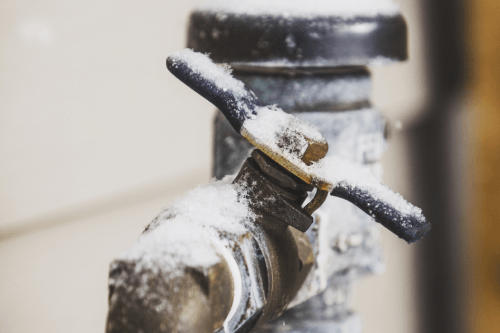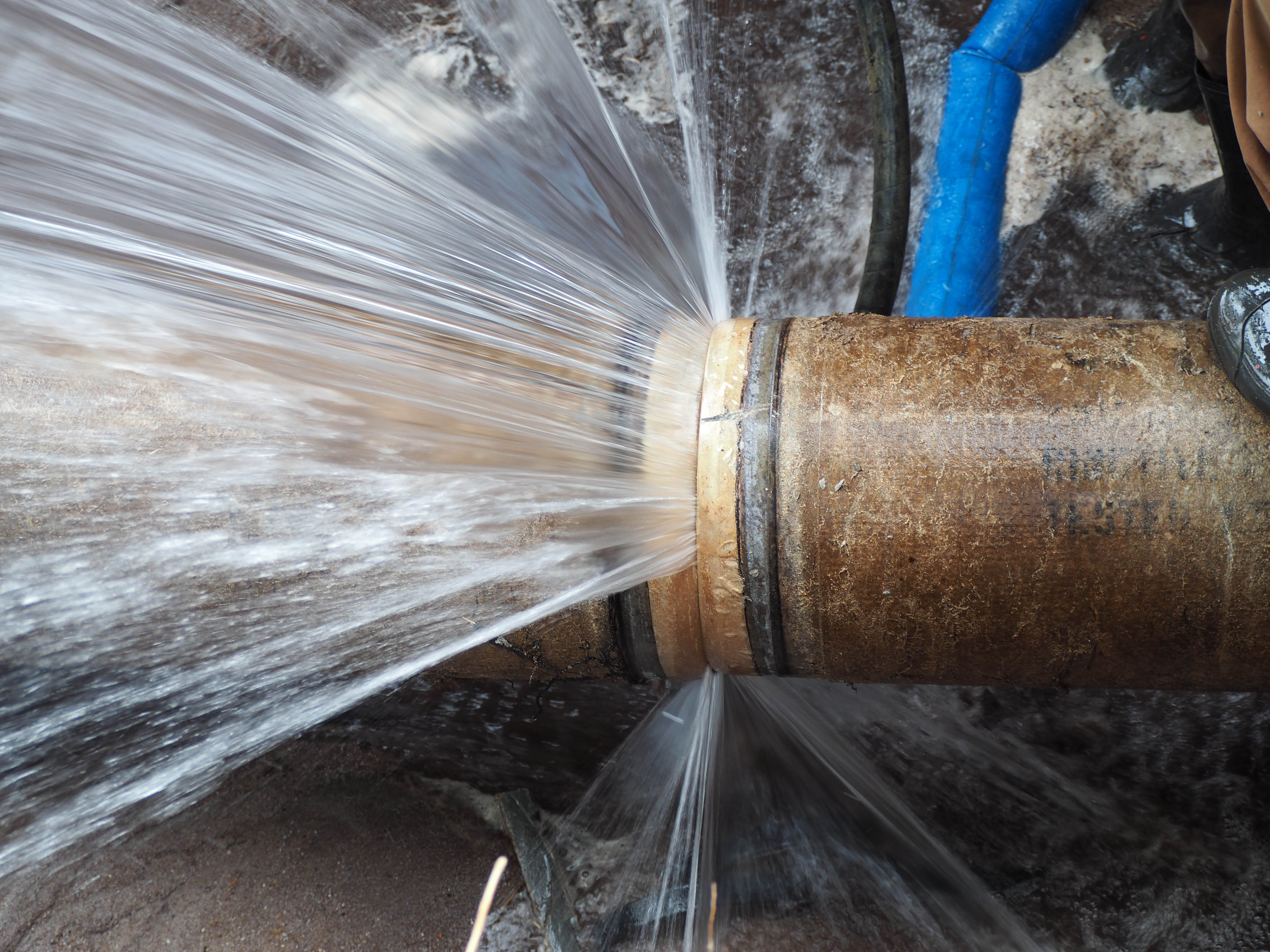Tips for Avoiding Frozen Pipes in Winter: Specialist Insights
Tips for Avoiding Frozen Pipes in Winter: Specialist Insights
Blog Article
This great article directly below pertaining to How To Avoid Freezing Pipes is seriously intriguing. Check it out for your own benefit and decide what you think of it.

Winter can damage your pipes, especially by freezing pipelines. Below's exactly how to stop it from taking place and what to do if it does.
Introduction
As temperatures decline, the risk of frozen pipelines boosts, potentially causing costly fixings and water damage. Recognizing how to stop frozen pipes is crucial for house owners in cool climates.
Avoidance Tips
Shielding vulnerable pipes
Wrap pipelines in insulation sleeves or make use of heat tape to secure them from freezing temperature levels. Concentrate on pipes in unheated or exterior areas of the home.
Home heating strategies
Keep interior areas appropriately warmed, especially areas with plumbing. Open up cabinet doors to allow cozy air to circulate around pipelines under sinks.
Just how to recognize icy pipelines
Try to find reduced water flow from faucets, unusual smells or sounds from pipelines, and visible frost on revealed pipelines.
Long-Term Solutions
Structural adjustments
Think about rerouting pipes far from exterior walls or unheated locations. Add added insulation to attic rooms, basements, and crawl spaces.
Updating insulation
Buy top notch insulation for pipes, attics, and wall surfaces. Proper insulation assists maintain regular temperatures and minimizes the risk of icy pipes.
Securing Exterior Plumbing
Yard pipes and exterior taps
Detach and drain pipes garden pipes before winter. Mount frost-proof faucets or cover outside taps with protected caps.
Understanding Frozen Pipelines
What causes pipelines to ice up?
Pipelines ice up when subjected to temperatures below 32 ° F (0 ° C) for extended periods. As water inside the pipes freezes, it broadens, taxing the pipe walls and potentially causing them to burst.
Threats and damages
Frozen pipelines can cause water system interruptions, residential property damage, and pricey fixings. Burst pipelines can flood homes and cause considerable structural damages.
Indications of Frozen Pipes
Recognizing frozen pipelines early can prevent them from breaking.
What to Do If Your Pipes Freeze
Immediate activities to take
If you think frozen pipelines, keep faucets open to eliminate stress as the ice melts. Utilize a hairdryer or towels taken in hot water to thaw pipelines slowly.
Conclusion
Stopping frozen pipelines calls for proactive measures and fast responses. By understanding the causes, indications, and preventive measures, house owners can shield their pipes throughout cold weather.
6 Proven Ways to Prevent Frozen Pipes and Protect Your Home
Disconnect and Drain Garden Hoses
Before winter arrives, start by disconnecting your garden hoses and draining any remaining water. Close the shut-off valves that supply outdoor hose bibs and leave the outdoor faucet open to allow any residual water to drain. For extra protection, consider using faucet covers throughout the colder months. It’s also important to drain water from any sprinkler supply lines following the manufacturer’s directions.
Insulate Exposed Pipes
Insulating your pipes is an effective way to prevent freezing. Pipe insulation is readily available at home improvement stores and is relatively inexpensive. Pay close attention to pipes in unheated areas such as the attic, basement, crawl spaces, or garage. Apply foam insulation generously to create a buffer against the cold. You can also wrap your pipes in heat tape or thermostat-controlled heat cables for added warmth.
Seal Air Leaks
Inspect your home for any cracks or openings that could let in cold air. Seal any holes around the piping in interior or exterior walls, as well as the sill plates where your home rests on its foundation. Additionally, make sure to keep your garage door closed unless you’re entering or exiting. Leaving it open creates a significant air leak that can lead to frozen pipes.
Allow Warm Air Circulation
During cold snaps, it’s essential to allow warm air to circulate evenly throughout your home. Leave interior doors ajar to promote better airflow. Open kitchen and bathroom cabinets to help distribute heat consistently around the rooms. If you have small children or pets, be sure to remove any household chemicals or potentially harmful cleaners from open cabinets for safety.
Let Faucets Drip
A small trickle of water can make a big difference in preventing ice formation inside your pipes. When temperatures drop significantly, start a drip of water from all faucets served by exposed pipes. This continuous flow helps prevent the water from freezing. Additionally, running a few faucets slightly can relieve pressure inside the pipes, reducing the chances of a rupture if the water inside does freeze.
https://choateshvac.com/6-proven-ways-to-prevent-frozen-pipes-and-protect-your-home/

As a passionate person who reads on Helpful Tips to Prevent Frozen Pipes this Winter, I imagined sharing that article was a good idea. Loved our piece of writing? Please share it. Help others locate it. We thank you for reading our article about Helpful Tips to Prevent Frozen Pipes this Winter.
Appointment Report this page